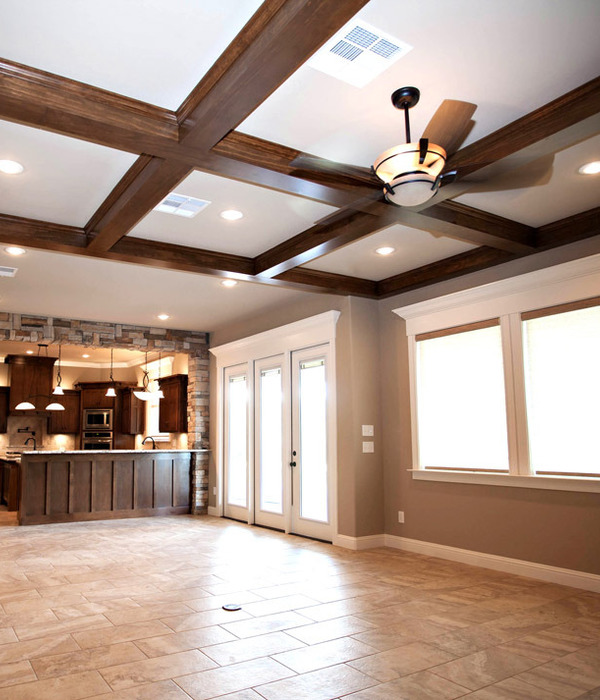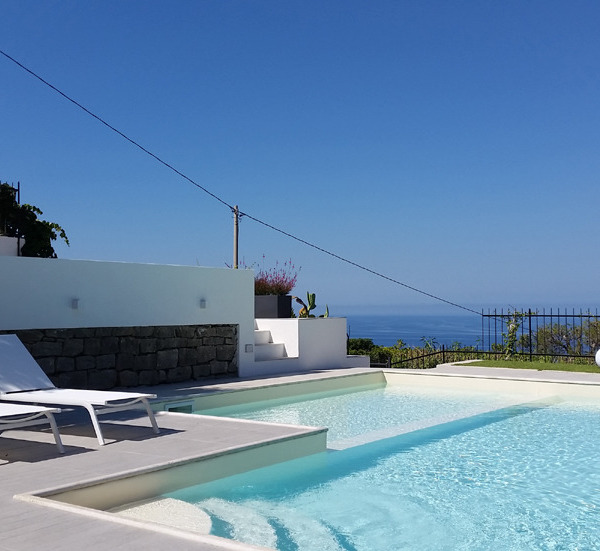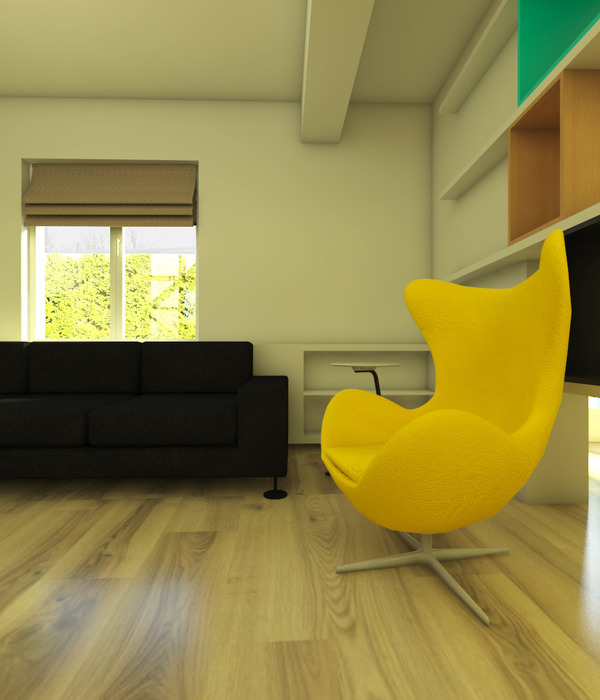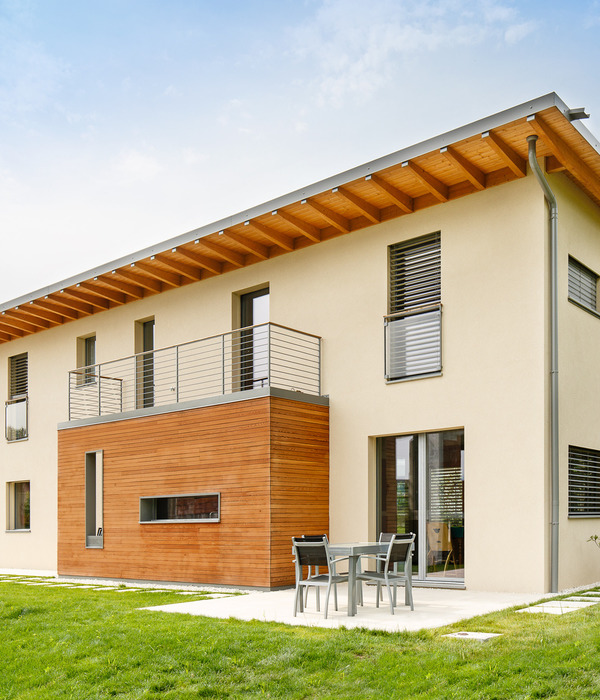It's a big task: a young family returns to the village of their grandparents, where their new home is to be built. He takes over the country doctor's practice, she sets up a practice for supervision and coaching, and the two small children go to school in the neighboring village. Netra lies idyllically, almost lonely, in the countryside. Hills with castles and hiking trails along the former inner-German border make the surroundings attractive. The village itself has a former moated castle, a striking crowned stone church, and gabled houses. If you approach the village from the outside, a red roofscape characterizes the village ensemble. People know each other here and help each other, and help is often needed.
For a long time, there was no new building erected here, and if there was, it was in light yellow with plastic windows and stainless steel, maybe some high-gloss natural stone - that's the state of the art today. A publication leads the W. couple, who question this construction method, to us architects in Berlin. Could we take over the project from here? Covid does not make the circumstances any easier - and the lack of craftsmanship, in general, is painfully brought home to us in the process. A large meadow centrally located in the village, slightly elevated above the Graburgweg, is accessed from the east.
The new building will house many functions: 3 bedrooms, 3 bathrooms, the supervising practice, and a living area with space to work, all under its red-tiled roof. Strictly speaking, there are three roofs. They merge into one house, an ensemble of houses, so the village continues to be built. Together, the house fragments form a courtyard, and where one of them recedes, there is a terrace, to linger on, to retreat, or just the entrance, framed by an arch, you are welcome!
The local building contractor can build the solid structure, a carpenter is also on site. The roofer is bringing in his old dad's master roofer because they haven't done something to this individual in a long time. Our approach is a simple house, brick, and carpentry, insulating bricks with a layer of bright long-lasting, low-maintenance red clinker from the Meissen region, visible roof structure. A sealed screed connects the flowing rooms. Low tech and row material.
Three houses for living and working, each with its own character, the working house with small windows to the close neighbor and a door to the inner courtyard, the sleeping wing with galleries for the children's bedrooms, here the roof curves upwards to a point, the eaves become a ridge. And the central house has a gallery for playing or working, depending on the time of day. This room offers a lot of space, two trusses frame the chimney, and the fireplace is the center between the kitchen, living, and dining.
Even though the construction period was overshadowed by all kinds of circumstances, such as the young Ukrainian masons, with whom we had communicated wonderfully, being called back to their homeland in a hurry in the middle of it, and the consequences of the war-making everything else difficult, there is now a house that for the occupants, that can tell many stories - and become home.
{{item.text_origin}}












